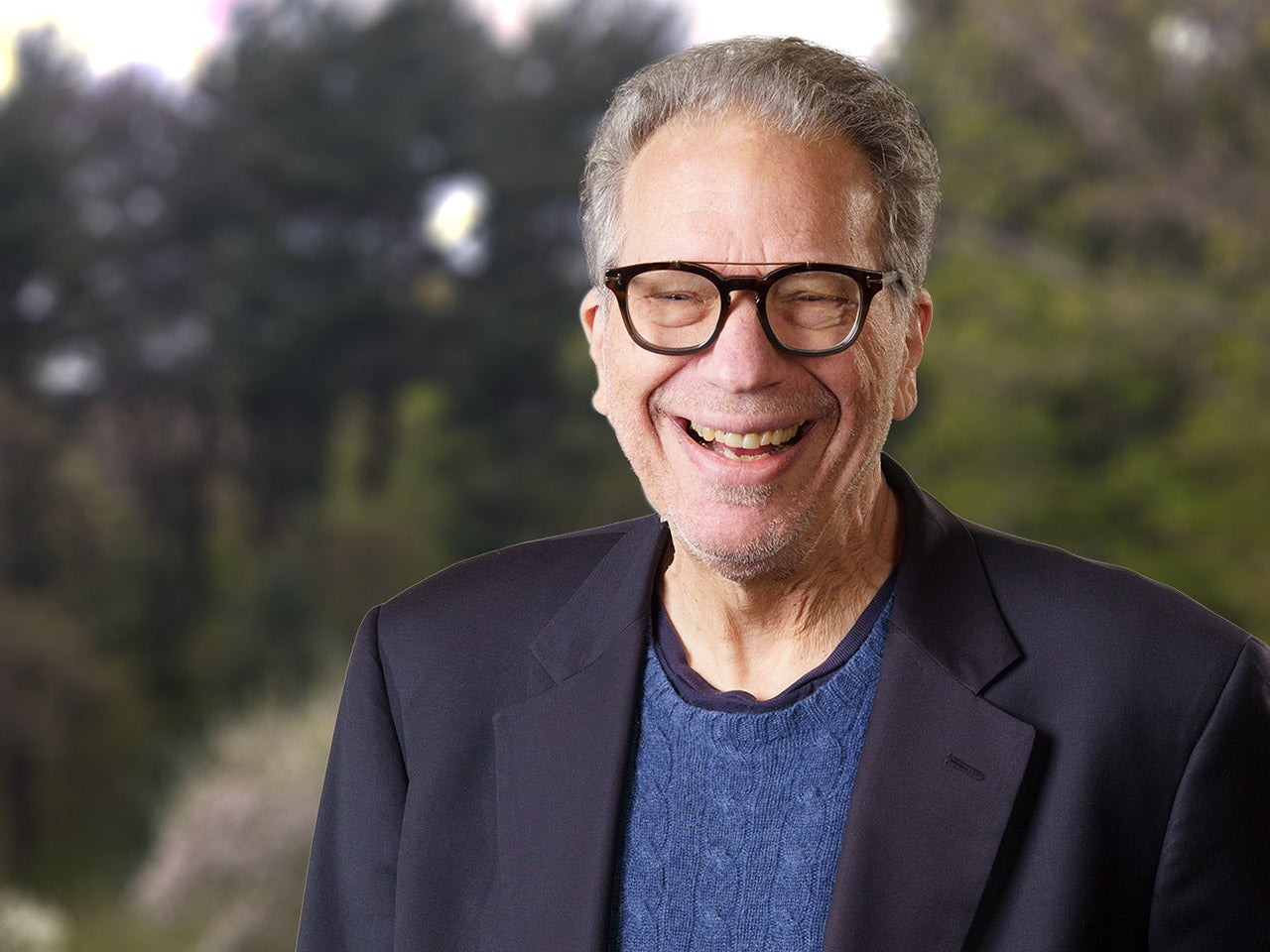A new model for understanding how autism is acquired has been developed by a team of researchers led by Cold Spring Harbor Laboratory (CSHL) and Albert Einstein College of Medicine. Autism is a developmental disorder, characterized by language impairments, social deficits, and repetitive behaviors. The researchers analyzed data on autism incidence and found a previously unrecognized pattern. The pattern can be explained by assuming that spontaneous germ-line mutation is a significant cause of the disorder. Parents, especially women, who acquire the mutation—but do not exhibit severe symptoms of the disorder—have a 50% chance of passing the mutation on to their children. Sons often show the most severe symptoms.
Spontaneous mutations are changes in a chromosome that alter genes. Germ-line mutations are newly acquired in a germ cell of a parent, and sometimes are transmitted to offspring at conception. Men and women are equally as likely to acquire a spontaneous mutation that can cause autism, but autism is three times more likely in men, making women the more likely carriers of new mutations. “The fact that germ-line mutations increase with age places older parents at a higher risk of having children with autism, explaining a pattern that has been recently observed,” said CSHL co-author of the study Michael Wigler, Ph.D.
The model proposes two prominent risk classes for families affected by autism. Low-risk families give rise to sporadic autism, the more common form, by spontaneous germ-line mutation. The children, mostly female, who receive such a mutation, but do not display the disorder, are the source of the high-risk families. The data show that the transmission pattern to boys in high-risk families is often of a dominant pattern that may account for a quarter of autism. Although the data does not answer whether there is a gradation of lower risk, the model builds on recent CSHL findings that spontaneous mutation is frequent in sporadic autism and less frequent in children from high-risk families.
Wigler suggests that “what we now know about spontaneous mutations and autism offers an alternative to traditional thinking about genetic disorders as purely heritable from a parent. This has implications for other disorders such as morbid obesity, schizophrenia, and congenital heart disease.”
Recent media coverage highlighting the work on autism by Dr. Wigler:
Researchers May Be Close to Autism Breakthrough (WCBS News – Aug 15, 2007)
Researchers: New understanding of autism is near (Newsday – Aug 14, 2007)
Celebrated scientist leading the research (Newsday – Aug 14, 2007)
Written by: Communications Department | publicaffairs@cshl.edu | 516-367-8455
Funding
The research was funded by the Simons Foundation and utilized databases from the Autistic Resource Exchange (AGRE) Consortium, the University of Michigan, and the Interactive Autism Network (IAN). IAN is an on-line national autism registry and database launched in April by the Kennedy Krieger Institute. Families impacted by an Autism Spectrum Disorder can contact IAN at www.ianproject.org.
Citation
The full citation of the paper published in the July 31, 2007 print edition of the Proceedings of the National Academy of Sciences is: “A unified theory for sporadic and inherited autism,” by Xiaoyue Zhao, Anthony Leotta, Vlad Kustanovich, Clara Lajonchere, Daniel H. Geschwind, Kiely Law, Paul Law, Shanping Qiu, Catherine Lord, Jonathan Sebat, Kenny Ye and Michael Wigler.
Principal Investigator

Michael Wigler
Professor
Russell and Janet Doubleday Professor of Cancer Research
Cancer Center Member
Ph.D., Columbia University, 1978